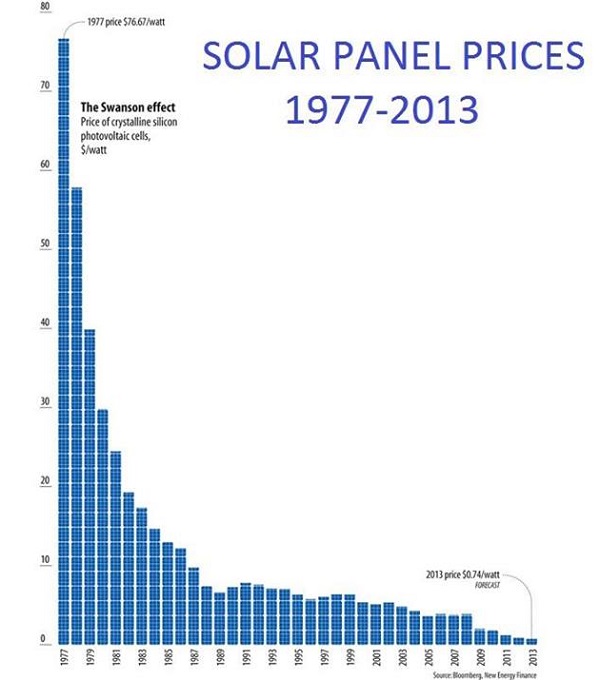1. January-April hottest ever
We’ve just broken some more global warming records. January-April was the hottest on record and May 2014–April 2015 was the hottest 12-month period on record.
2. Conditional approval to drill in the Arctic
The Obama administration, via the Bureau of Ocean Energy Management (BOEM), has given conditional approval to a controversial proposal by Royal Dutch Shell to drill for oil in the Chukchi Sea in the Arctic Ocean. But:
BOEM’s conditional approval of Shell’s exploration plan, however, does not represent a final decision to have that plan move forward. … Shell still needs seven more permits. It also needs to resolve a dispute with the city of Seattle, which is fighting the company’s plan use the Port of Seattle to dock its Arctic drilling rigs.
3. Rudd on climate change
Kevin Rudd has done a useful opinion piece for the NY Times Paris Can’t Be Another Copenhagen. He calls for increased co-operation between the US, India and China, while noting that the level of communication and co-operation now is light years in advance of what we saw five years ago.
There will also need to be transparency and accountability measures to ensure that any Paris commitments are honoured.
India and China have much at stake:
- William Cline, a senior fellow at the Peterson Institute for International Economics, has estimated that a modest increase in average global temperatures would cut agricultural output in India by 38 percent.
And:
- Earlier this year, the head of China’s national weather service warned that climate change would have “huge impacts” on the country, including reduced crop yields, ecological harm and unstable river flows. A 2011 government report anticipated a 5-to-20 percent drop in grain output resulting from climate change by 2050.
4. Grattan Institute Report
I haven’t yet had time to look at The Grattan Institute Report Sundown, sunrise: how Australia can finally get solar power right apart from an opinion piece in the AFR by Tony Wood which was surprisingly negative towards solar. Giles Parkinson at The Guardian and Robert Merkel at Social Democratic Directions have taken a look.
The report suggests that the cost of solar installed will be a net $9 billion or roughly $175 per tonne of carbon emissions that they will prevent.
Parkinson says the numbers in the report are “a witch’s brew of mistaken assumptions and omissions.” The headline numbers “are little more than scare mongering.” Initially solar was expensive, but Australia, he says, now has the cheapest solar PV anywhere in the world. Solar is eliminating peaks, stabilising the grid and reducing the price of wholesale power. He concludes:
- Solar has won. It’s just that some people don’t know it yet.
Merkel emphasises that the report neglects the historical role of solar subsidies and initial high costs in establishing the industry as it now is. Throughout the world “the point of the subsidies was to encourage innovation and economies of scale to drive the price of solar systems down. And it has worked spectacularly well.”
5. Swanson effect
To illustrate how economies of scale have led to lower prices, I’ll repeat here what was said in this post about the Swanson effect, whereby the cost of solar panels drops by 20% for every doubling of sales. This is how the cost reduction of solar panels looks from 1977 to 2013:


